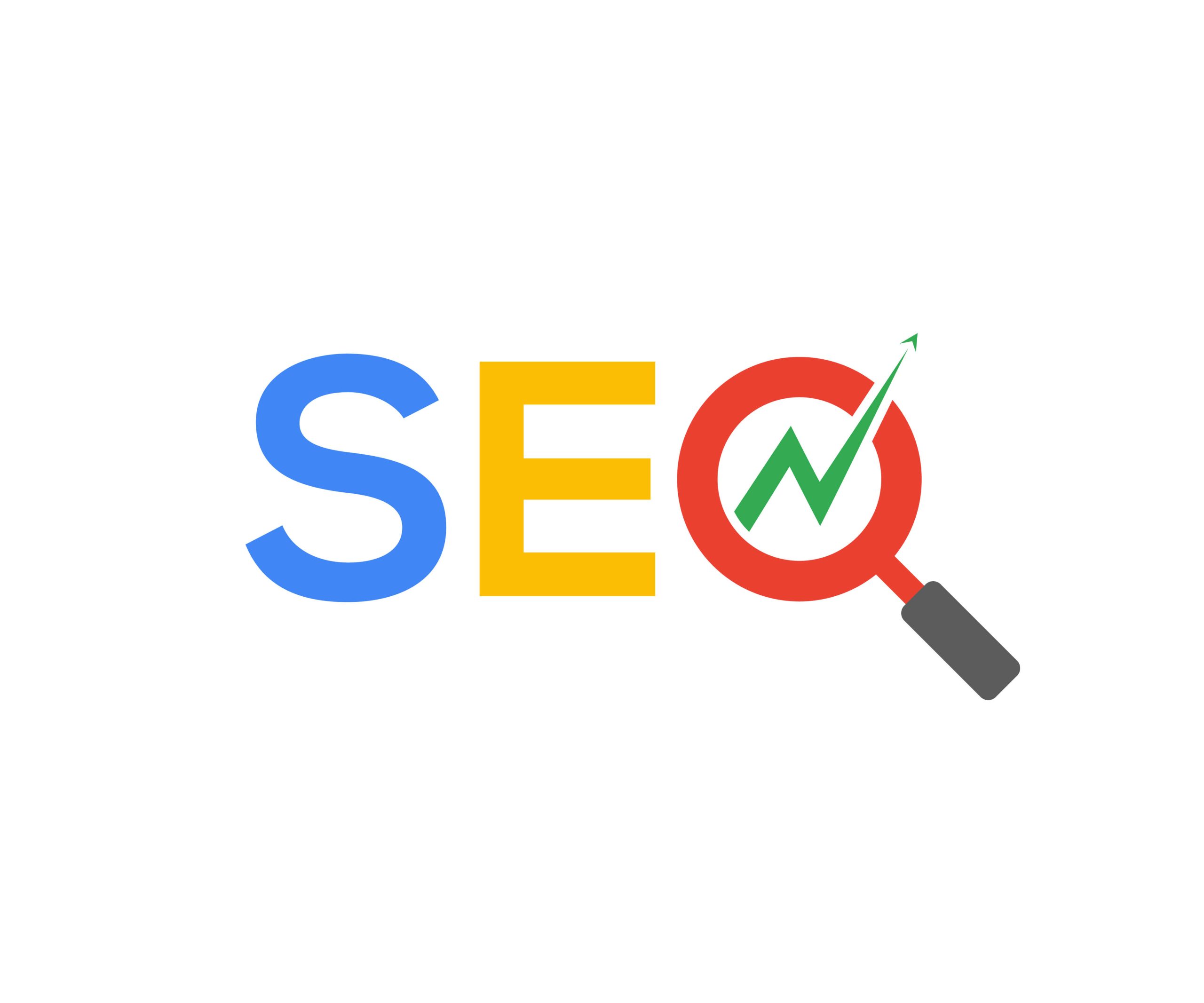Best Practices for an SEO-Friendly Logo

A well-designed logo is a cornerstone of any strong brand, but designing a search-optimized brand mark goes beyond aesthetics; how your logo is integrated into your website and how effectively it enhances your overall SEO strategy are equally important. Here are five ways you can ensure your logo supports SEO:
1. Use a descriptive file name
When uploading your logo to your website, avoid generic file names like logo.png or header1.jpg. Instead, use descriptive, keyword-rich file names that include your brand name and other relevant terms. For example, wordsmithie_business_writing_logo.png is much more effective for SEO than a non-descriptive alternative.
2. Optimize alt text
Accurate alt text (alternative text) is essential for two reasons: it improves accessibility for screen readers and helps search engines interpret your image content. Clear, concise alt text that describes your logo and includes your brand name and objective, like “alt=”Wordsmithie logo – business writing consultants” ensures that both usability and SEO benefits are addressed.
3. Choose the correct file format
The file type you select for your logo plays an important role in both website performance and visual quality. The SVG (Scalable Vector Graphics) format is typically preferred for logos because it preserves sharpness at any screen size while maintaining a small file size. If a raster format is necessary, WebP and PNG are good choices, as they maintain high quality with smaller file sizes compared to JPGs, which can also cause artifacts and reduce sharpness. Depending on your platform, some trial and error may be needed. For instance, WordPress—the hugely popular web design platform—prefers PNGs and supports SVGs, but WebP is not recommended.
4. Compress your logo file
Large image files can significantly slow down your website, which has a negative impact on SEO performance. To avoid this, it’s important to compress your logo file as much as possible while maintaining its visual quality. Since page speed is a key ranking factor for Google, optimizing your logo’s file size not only improves user experience but helps boost your search engine rankings. For those who are not technically inclined, there are free online tools available that can help you achieve the right balance between image quality and file size.
5. Link your logo back to your homepage
Linking your logo to your site’s homepage is a simple yet effective navigation best practice. It allows users to easily return to the main page from anywhere on your site, enhancing user experience. Additionally, it helps search engines crawl and index your website more efficiently, improving overall SEO.
An SEO-friendly logo is much more than just a visual element; it serves as a functional component to enhance your website’s overall performance, accessibility and search visibility.
When optimized, your logo not only reinforces brand recognition but also plays a key role in improving user experience and supporting your site’s SEO strategy. By adhering to these best practices, you can ensure your logo contributes positively to your brand’s online presence, helping to boost your search engine rankings and drive more traffic.
Reach Out
Be Social
Content Marketing
Next In AI
Use AI to Inspire Your Writing: 7 Tips to Spark Creativity
Explore 7 tips to fuel your writing with AI, from sparking creativity to enhancing your style with Eve Connell's expert...


